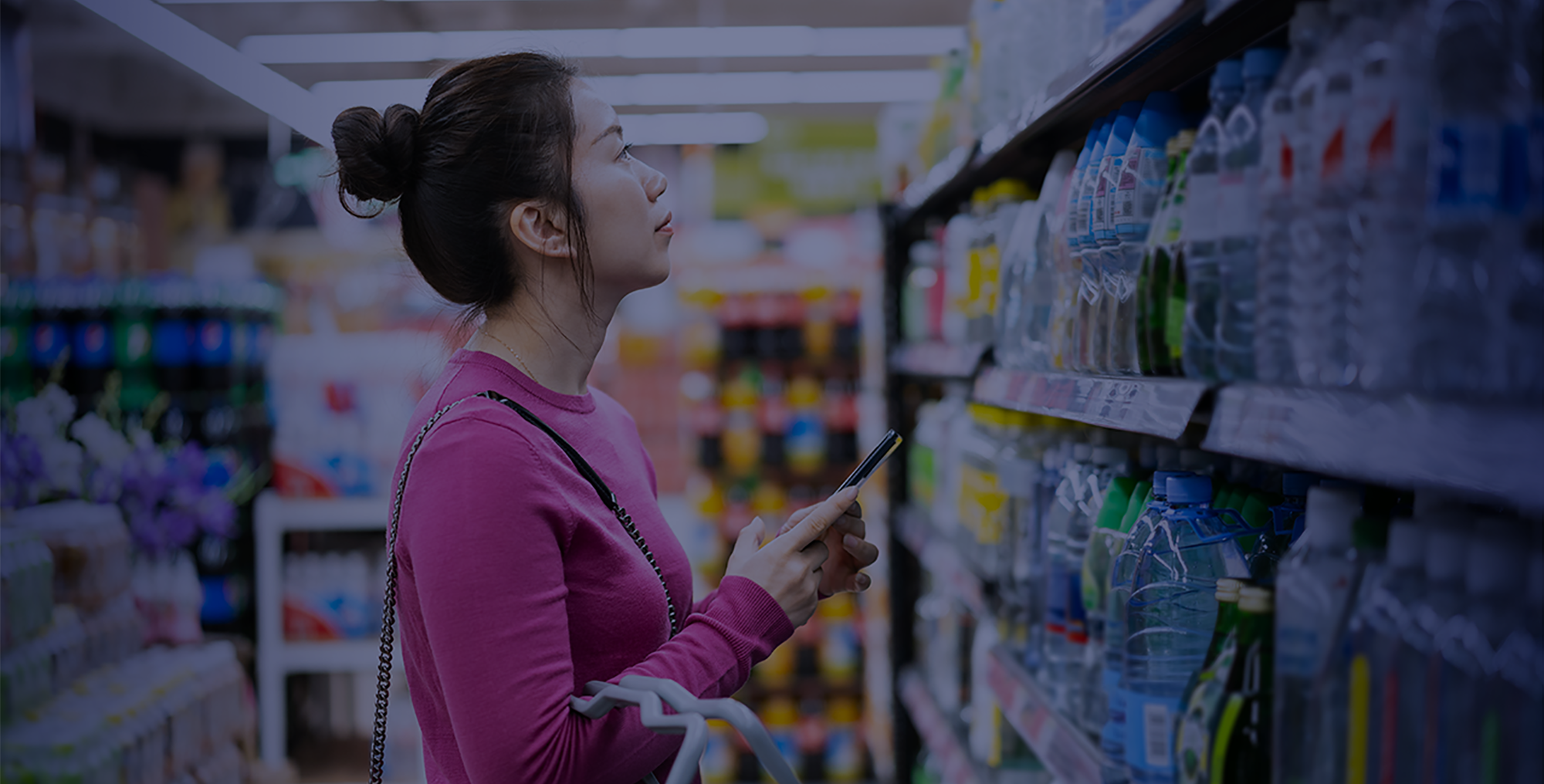
What you put in your cart matters.

New Life Cycle Assessment (LCA) confirms PET plastic bottles are better for the environment than aluminum cans or glass bottles.
Life Cycle Assessment Report
NAPCOR partnered with Franklin Associates to explore the environmental impacts of beverage bottles and cans in the US. The result is a Life Cycle Assessment (LCA). It provides fact-based, science-driven, peer-reviewed evidence that concludes, when compared with glass and aluminum, PET plastic delivers significant environmental savings across several key environmental categories.
 Energy Consumed
Energy Consumed
 Water Consumption
Water Consumption
 Smog
Smog
 Greenhouse Gas Emissions
Greenhouse Gas Emissions
 Acid Rain
Acid Rain
 Eutrophication Potential
Eutrophication Potential
About the Report
An LCA is a scientific method for evaluating the environmental benefits and tradeoffs for the entire life cycle of a product — from raw material extraction through production, use, reuse or recycling where applicable, and final dispositions. This LCA looked at nine of the most commonly used beverage containers for carbonated soft drinks (CSD) and still water. The study compared PET plastic, glass, and aluminum, and went through a rigorous, independent, and thorough peer review process that verified the methodology and findings over the course of eight months.
Understanding the 2023 Life Cycle Assessment Report on PET Plastic
- PET plastic bottles produce significantly fewer greenhouse gas emissions.
- PET requires less energy to produce than glass and aluminum counterparts.
- Beyond PET’s beneficial reduction to global warming, PET plastic bottles also create less solid waste, use less water, and generate fewer emissions detrimental to air and water quality during production.
- The total life-cycle impact of a PET beverage container is better for the environment than glass or aluminum.
- PET beverage container systems, accounting for the largest share of US carbonated soft drink (CSD) and bottled domestic still water sales, compare favorably with the predominant aluminum and glass container systems for these applications.
- Glass bottles have the most harmful environmental metrics evaluated, followed by aluminum cans, then PET bottles.
- All comparisons of PET CSD bottles with glass bottles and all comparisons of PET water bottles with aluminum cans show that PET is better for the environment.
